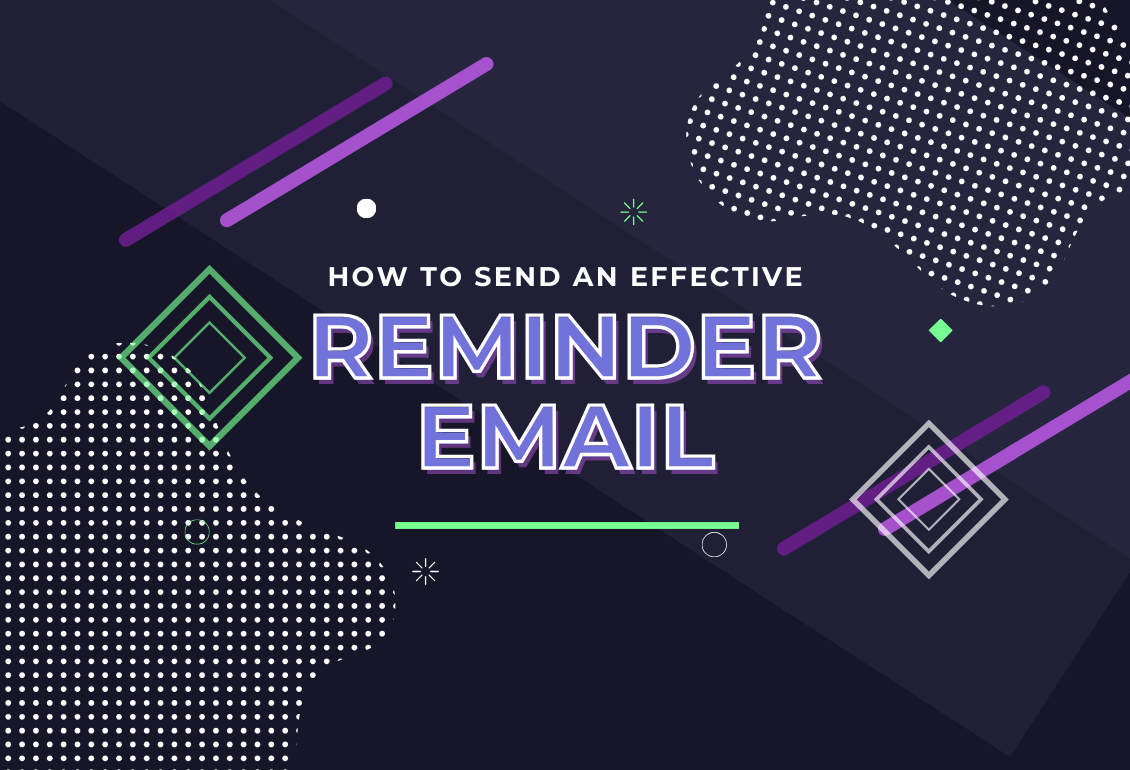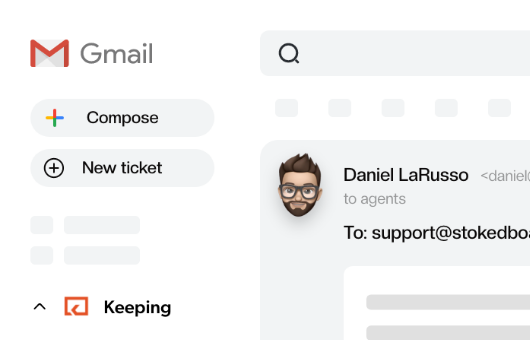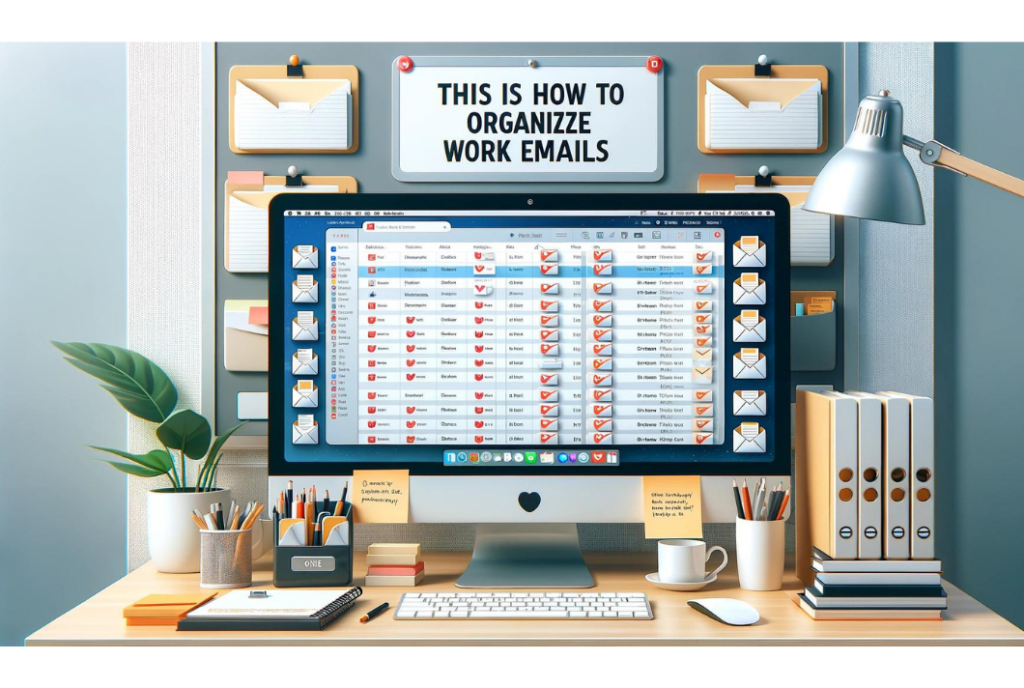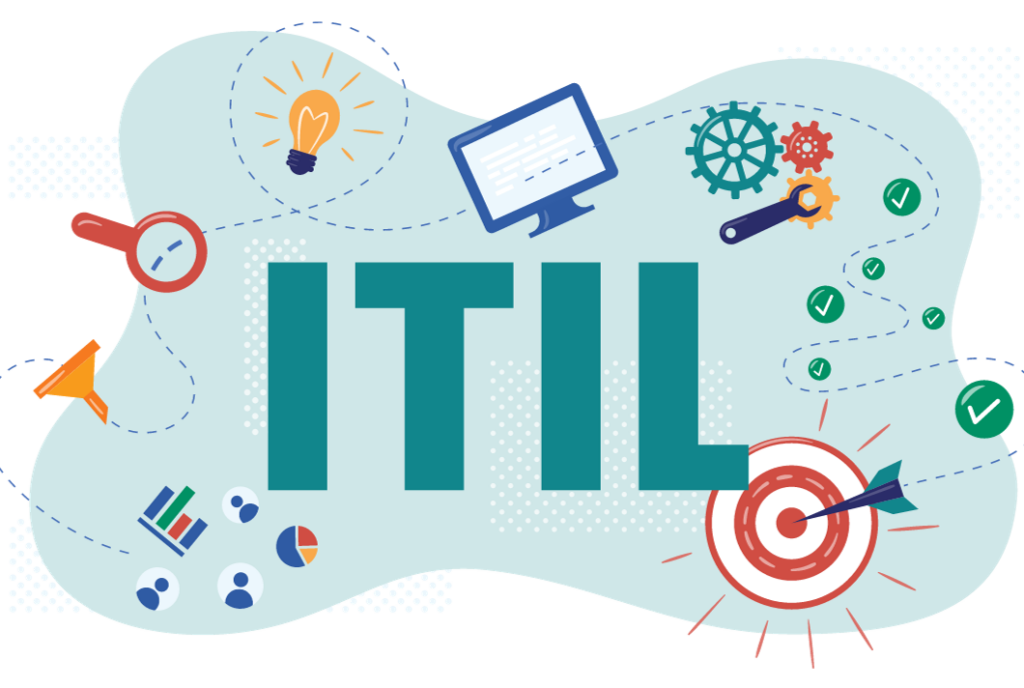
Reminder Email : Templates and Tips
Deciding when to send a reminder message can often be a matter of significant difficulty. Here's how to be successful without being pushy and rude.
In an ideal world, wouldn’t all business associates reply to your emails immediately? No inbox would ever be overflowing since all correspondence would be instantly attended to. The reality is, hardly anyone has the luxury of spending all day looking at their emails. Other priorities get in the way, and sometimes email gets pushed to the back of the queue.
Often, it’s not that people don’t reply because they don’t care, or have no intention of replying. It’s because other tasks have grabbed their attention and they don’t have effective systems in place to remind them to follow up with emails. Or it may be that they didn’t even realize you required a response.
“There is no communication that is so simple that it cannot be misunderstood.”― Luigina Sgarro, management consultant and psychotherapist
With 347.3 billion emails sent per day in 2023, it’s no wonder that some emails get lost or forgotten. You are competing for attention with all those other email senders, including marketing emails, newsletters, and other promotional messages.
So when we have failed to receive a response, that’s when we use reminder emails to follow up with our recipients.
What is a reminder email?
You usually send a reminder email when you want someone to take action. It typically follows on the back of, though not always, the sending of a previous email that has not been replied to. When you are expecting a response or action, it can be disheartening, frustrating and disappointing when you fail to get one, but it’s important not to let these feelings show in your reminder email.
In professional business email, we always keep emotion out of it. We show understanding to others when they are not always perfect, and we don’t condemn them for it. We give them the benefit of the doubt in our reminder email, acknowledging that they may need a second chance to meet our needs.
Occasionally, your reminder email might be urgent and it’s okay to include that in the subject line. Just be careful not to go overboard with the exclamation marks and capital letters, or you risk not being taken seriously by the recipient.
A reminder email is a gentle nudge to your recipient to prompt them to take some sort of action.
When would you use a reminder email?
Often, you’ll want to send a reminder email when several days have passed since your last email, or you’ve gone past the due date of whatever task you were expecting to be completed. For example, you may be following up with a client about an overdue invoice, which is a sensitive subject.
Other times you might send a reminder email could be if you are a customer chasing a missing order. Alternatively, you might be an employee reminding their boss that you have requested leave, or prompting colleagues about an upcoming meeting. You might be a sales rep requesting feedback on a proposed deal you have sent your customer.
You can use a reminder email whenever you require action from the other party, even if the action is as simple as confirming that they have received your email. People are busy, and sometimes emails get lost in the inbox.
A reminder email serves to bring your message to their attention again, in case they missed it the first time.
How do you send a reminder email?
The key when sending a reminder email is making it really easy for the recipient to take action. You need to make it very clear what you want them to do, and avoid lengthy paragraphs of text that may have recipients ignoring your email. Ideally in the subject line, you will say what you want them to do.
Always remember to be polite at all times. You are not the email police, out to punish people for breaking the law. You are not entitled to other people’s time, although sometimes there may be a contractual relationship such as between a business and client or employee and boss. A reminder email serves to help your contacts fulfill their obligations to you.
Once they open the email reminder, greet them in a friendly way and politely explain the situation to them in a few sentences. Then, provide them with a way that they can solve the issue in as few steps as possible. Finally, you’ll want to request a confirmation for receipt of your email, so you at least know your request is in the process of being solved.
Make sure to wait at least a few days to give your recipients time to respond to your email. Set yourself a reminder to follow up!
What time should you send the reminder email?
Exactly when you send the reminder email depends on the nature of the task to be followed up. If the recipient has missed the deadline for a payment or the completion of a task, you can check in with them on the next business day to find out what happened.
Some situations may require you to send a reminder email before the appointment has happened, such as in the case of an event, booking or meeting. Sending several reminder emails which are spaced out by a few days can often be appropriate, in order to ensure nothing gets missed.
If you’re waiting on a favor from someone, sending a reminder email after a few days to a week can often be sufficient to follow up on the conversation. You don’t want to pressure people to help you, but if they have promised their support then you can politely remind them of their commitment.
Sending reminder emails too early can often come across as pushy which you want to avoid when conducting polite correspondence.
Polite reminder email example and template
Here’s an example of sending a polite reminder email template to a company who has failed to deliver an order:
Hi [RECIPIENT NAME], I hope your week is going well. I am [YOUR NAME], and I'm getting in touch with you on behalf of [COMPANY NAME]. I was expecting to receive a delivery from you for [SPECIFY DELIVERY] on [DATE], but so far nothing has arrived. Do you know what has happened and do you have an estimate of when we might receive our delivery? I've included all the relevant details you may require to find our order in the system and also delivery details. [List order reference, item details, due dates, and so on.] Please let me know when you have received this email and share an updated delivery date. Thank you very much for your time. Best wishes, [YOUR NAME]
Here’s another reminder email template to a boss who has failed to approve the employee’s leave:
Hi [RECIPIENT NAME], Recently, I sent you a request for leave for the dates between 20 and 25 September. The reason for the leave is to go on vacation with my fiance. If this is okay with you, please could you confirm if my leave request is approved, so I can go ahead and book my vacation. If there’s anything you would like to know more about, I’d be happy to discuss. Best wishes, [YOUR NAME]
How do you politely remind someone to do something?
Politely reminding someone to do something means striking the right email tone, which we do in order to maintain harmonious business relationships. We want to increase the chances that they will take action as a result of our reminder and reduce the risk of them being offended. The goal here is to always give the recipient the benefit of the doubt – assume they had intended to reply but simply forgot or not gotten round to it yet.
Being polite means using words that are not overly accusatory or aggressive. For example, you might use a phrase such as “Action required” to let recipients know that you are emailing them for a specific purpose. Similarly, “Overdue invoice” is a lot more gentle than saying something like “LATE PAYMENT”. You can use your best judgment to strike the best tone for reminder emails.
If you’re unsure how to be polite, always consider how you would feel if someone sent the same email to you. If you’re trying your best and someone’s original email slipped below your radar, would you appreciate it if they accused you of being inconsiderate or devious? The words we choose can certainly imply such things, so always keep your tone to just a friendly reminder.
You can even be as explicit as saying “This is a gentle reminder to confirm your attendance at [EVENT]” to be as polite as possible.
How do you remind someone professionally?
What’s the difference between polite and professional? Politeness is all about following social conventions for how you express yourself to avoid causing offense, while professionalism concerns paying attention to the business context in which you send your email. An email could be polite, but unprofessional, for example.
A professional email reminder is confident, clear and action-oriented, respecting the time of the recipient and the fast-paced nature of the modern business world. We only send emails that are necessary, only including information that is relevant.
That means reminder emails should be sent with a business objective in mind, whether that’s fulfilling an order, completing a project or booking annual leave. There is an implicit contract between business associates to cooperate successfully, and reminder emails are a big part of this process.
Whether you are working within or representing a business, you must always strive to remain professional.
How do you send a gentle reminder email?
You might want to consider being gentle in your reminder emails, especially if the situation doesn’t warrant any particular urgency. Being gentle means bringing something to someone’s attention rather than compelling them forcefully to take action, such as saying “Just checking in” as opposed to “MISSED DEADLINE FOR PROJECT”.
When your reminder messages are gentle, you still care about the outcome but you are recognizing that the task may not be as important to the recipient as it is to you. You may use this tone when you are communicating with a customer, or following up with a new employee who is just settling in, and ensuring they know your email is just a reminder.
Polite, professional and gentle reminders are the cornerstones of effective business communication. It takes dedication and practice to strike the right tone, instead of dashing off an irritable email as you rush out the door. Taking the time to craft your reminders will have you gain a reputation as a powerful communicator.
The fact is, when people receive reminders they are generally embarrassed that they’ve had to be prompted, especially when it’s something they have promised to do.
Pointers for constructing a polite reminder email
Here are some top tips for creating the most polite reminder emails.
Spend time crafting the subject line
The subject line is the part of your email that will persuade your recipient to open it. If your email doesn’t come across as urgent or important, it may simply get lost in the inbox again and you’ll be back to square one. Sometimes saying something as simple as “Action needed” is enough to prompt recipients to open your reminder email, since this differentiates your email from the mountains of pointless correspondence they are likely to receive.
Use positive language
Positive language that inspires the recipient to take action makes for a better reminder email. Instead of saying “My invoice hasn’t been paid”, which implies a failure without offering anything constructive, instead say “Could you please update me on the status of my invoice?” Positive language means looking for solutions rather than focusing on what hasn’t been done.
Assume the best of your recipient
When writing your reminder emails, it’s always best to assume that your recipient had good intentions to follow up with your request. We all know that life gets in the way, and certain tasks slip on the backburner. Your reminder email is not to accuse or criticize, but make your request more of a priority for your recipient by bringing their attention to it once more.
Thank the recipient for their time
Remember, recipients are not always obligated to help you and a polite thank you will help to smooth the interaction. Even if they have let you down in some way, you can still thank them in advance for their help, which makes you look more grateful and appreciative for them fulfilling your request. People find it harder to resist others who are gracious.
Mistakes to avoid in your reminder emails
Now, avoid these pitfalls when constructing your reminder emails to improve your chances of success.
Not being clear about what you want
When someone receives your email, it needs to be clear from the subject line and the first few lines what you are asking them to do. There’s no need to ramble on with flowery prose – make it clear in no uncertain terms what you want. Far from being rude, you are being respectful of someone’s time when you send them a simple, direct email asking them to take action.
Coming across as overly aggressive
We’ve already touched on your emails being pushy, but aggressive reminder emails are an absolute no-no. Remember, you’re always striving to be as professional as possible and that means keeping emotion out of your messages. No matter how frustrated you are with someone’s lack of follow-up, you will come across much more positively if you remain polite and respectful at all times.
Apologizing too much
As long as your reminder emails are appropriate, you want to avoid apologizing too much or you won’t look confident in what you are asking them to do. If someone has promised to deliver something by a specific date or pay an invoice, you have every right to politely ask them to fulfill their end of the bargain. In fact, we’d probably argue that you should refrain from apologizing at all.
Sending them to soon
If you send a reminder email to someone before a deadline (with the exception of an upcoming event or meeting that you don’t want them to miss) you risk coming across as pushy. You need to have faith that people will complete tasks on time, and only send reminders if they missed deadlines. This means building some flexibility into your schedule and allowing some room for delays.
Wrapping up
Deciding when to send a reminder message can often be a matter of significant difficulty. How to be successful whilst avoiding being pushy and rude? Consider carefully when to send a reminder email, depending on how strong the commitment was to complete the task and how urgently you need a response.
When the communication is between business associates, there has usually been an agreement to complete some sort of objective. Ensuring that the agreement is fulfilled usually warrants a reminder email if one party has failed to comply. If you take into account human nature, you know you should always be polite, gentle and professional when sending your reminder emails.
What to do if someone fails to respond to your reminder message? You can follow-up again with a little more urgency. If the person is ignoring you, consider picking up the phone. Ultimately, we can’t ever make people do what we want, but we can encourage their compliance with well-crafted reminder emails.
Join 150+ teams that are sharing inboxes with us
The easiest way to upgrade your shared Gmail account. There’s no credit card is required.






